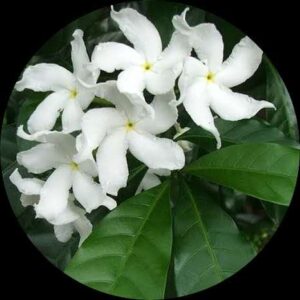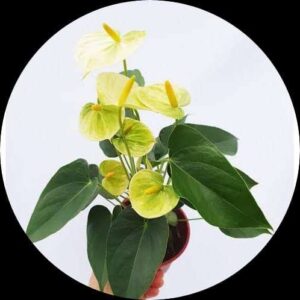- Empty cart.
- Continue Shopping
Russelia (Fire Cracker) White Flower
Original price was: ₹320.00.₹160.00Current price is: ₹160.00.
| Genus: | Russelia |
The white Russelia (Fire Cracker) flower plant is a stunning addition to any garden or landscape. With its vibrant white blooms and graceful appearance, it adds a touch of elegance and charm to outdoor spaces. The plant features cascading branches adorned with beautiful white flowers, creating a mesmerizing visual display. The white Russelia is a low-maintenance plant that thrives in sunny locations, making it an ideal choice for gardeners of all levels. Elevate the beauty of your garden with this exquisite flowering plant.
Russelia equisetiformis, commonly known as the white coral plant, is a small, perennial shrub that is native to Mexico and Central America. It is a member of the plant family Plantaginaceae and is related to snapdragons and penstemons.
The plant typically grows to a height of about 1 meter and has a spreading habit, with thin, wiry stems that are often used in hanging baskets or as a ground cover. The leaves are small, scale-like, and are produced in whorls along the stems.
The flowers of Russelia equisetiformis are one of its most striking features. They are small, trumpet-shaped, and grow in long, dense clusters that resemble coral. The flowers are typically white, although there are also cultivars that produce pink or red flowers. The plant blooms profusely in summer and fall, and is highly attractive to hummingbirds and other pollinators.
Russelia equisetiformis is a relatively low-maintenance plant and can be grown in a range of soil types, although it prefers well-draining soil. It also prefers full sun to partial shade and is drought-tolerant once established. The plant can be propagated by seed or by taking stem cuttings in spring or summer.
In addition to its ornamental value, Russelia equisetiformis has also been used in traditional medicine for various purposes. The plant is believed to have anti-inflammatory and anti-diabetic properties and has been used to treat wounds, inflammation, and other ailments. However, it should be noted that the plant is not approved for medicinal use and should not be ingested without consulting a healthcare professional.












Reviews
There are no reviews yet.